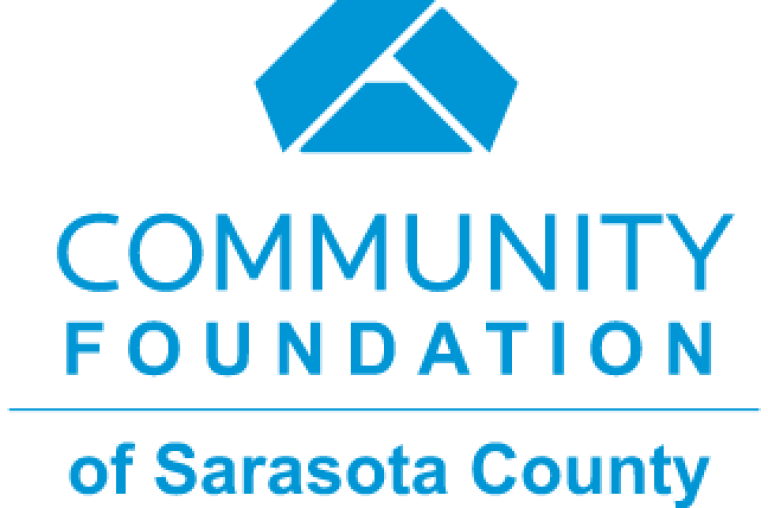July 1, 2024
Community Foundation of Sarasota County publishes “State of the Nonprofit Sector Report”
Category: Nonprofits,
Findings highlight strengths of nearly 750 nonprofit organizations serving in Sarasota, Manatee, Charlotte and DeSoto counties and the challenges the sector faces
FOR IMMEDIATE RELEASE—The Community Foundation of Sarasota County has developed a report detailing the vital contributions of the nonprofit sector in the four-county region and evaluating strengths and opportunities for supporting organizations whose missions enhance our livelihoods.
Using data from The Giving Partner, an online database of nearly 750 nonprofit organizations serving Sarasota, Manatee, Charlotte and DeSoto counties, the “State of the Nonprofit Sector Report” analyzes several indicators of nonprofit well-being, capacity, and ability to respond to the ever-changing needs of the community.
“Our community foundation strives to inform our neighbors about opportunities and challenges so we can work together to create the best possible outcomes for everyone,” said Mischa Kirby, Vice President of Strategy and Communications at the Community Foundation. “The nonprofit sector is vital to the overall well-being of our community. We hope that this report underscores the important work of so many who add to our quality of life and inspires curious collaboration and innovation among all of us who strive to create and support a community where everyone has an opportunity to thrive.”
Overall, the report finds that the nonprofit sector in the four-county region is robust and diverse, catering to the needs of individuals and communities. Still, challenges in raising unrestricted funding interfere with service and program delivery.
The report offers a view of the number of nonprofits serving each county in the four-county area and delves into cause areas that are enhanced through the work of nonprofits, leading among them in the region being education, arts and culture, youth services, and health/well-being.
Indicators of nonprofit security and outlook included in the report are:
- Organizations with endowments
- Organizations conducting capital campaigns
- The size of nonprofits —by annual revenue, annual expenses, and staff-to-volunteer ratio
All these indications help gauge the strength of the sector now, as well as help inform predictions for the future, said Scott Henderson, Director of Insights at the Community Foundation. Henderson noted that the even distribution of organizational size suggests a strong sector.
“It’s important to have a mix of small, medium and large organizations to serve the varying needs of a community,” Henderson said. “While larger organizations tend to have greater capacity to serve a wide range of people, smaller organizations have an easier time pivoting when the need arises. Having a range imbues a community with stability and flexibility, both necessary to undergird a strong community.”
Not surprisingly, nonprofits nationwide face challenges including inflation, difficulty in recruitment and retention of quality staff, lack of adequate resources, and increasing operating expenses according to the report, which also notes that 2023 was an unusually flat year for donation revenue—“only the fourth time in four decades that donations did not increase year over year.”
The Community Foundation of Sarasota County serves the region through support of nonprofit organizations that enhance quality of life. Along with traditional grantmaking, nonprofit trainings, and hosting a biennial Giving Challenge, the foundation maintains data resources that nonprofits, government entities, and the public can use free of charge.
The resource used to develop this nonprofit sector report, The Giving Partner, is a searchable database of nearly 750 nonprofits that includes essential information such as cause area and mission, leadership and financials. In February 2024, the Community Foundation introduced the Community Indicators Dashboard to the public, which offers data Sarasota, Manatee, Charlotte and DeSoto counties that offer intuitive visualizations that describe their overall well-being now and projections of such indicators as population, demographics and more that predict future bright spots and challenges. Data is available on the dashboard that gauges overall community wellness in the areas of education, economy, health and housing.
